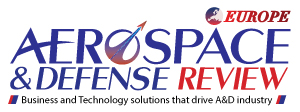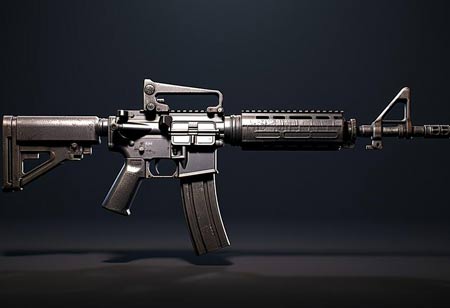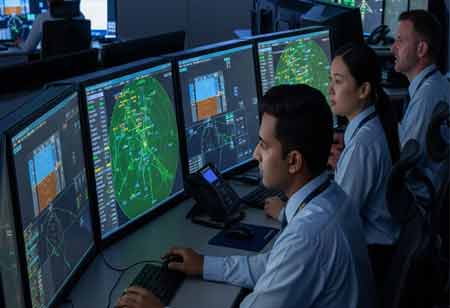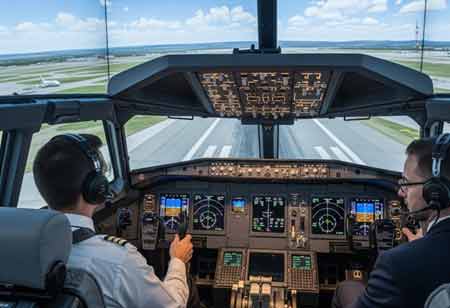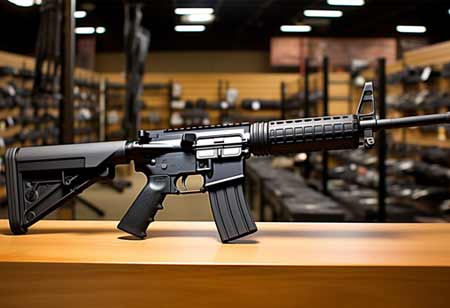The aerospace and defence sector in Europe is experiencing a critical transformation driven by technological advancements, evolving security needs, and increasing investments in defence modernisation. Heavy gun mounts, which provide stability, precision, and adaptability for heavy-calibre weapons, play a vital role in strengthening the operational readiness of military forces. Their integration across land vehicles, naval vessels, and aircraft platforms ensures superior accuracy, durability, and safety during combat operations.
As geopolitical tensions rise, particularly within and around Europe, demand for reliable heavy gun mount services is on the rise. Manufacturers and service providers are innovating with advanced materials and digital integration, and are enhancing lifecycle support services to ensure efficiency, cost-effectiveness, and operational readiness.
Technology Implementation and Latest Trends
Several critical factors influence the growth of heavy gun mount service in Europe. Rising defence budgets across European Union member states, prompted by NATO commitments and regional security concerns, drive investments in modern weapon systems. The shift toward modular weapon systems, which enable seamless integration into multiple platforms, has made heavy gun mounts essential for enhancing combat adaptability. Environmental regulations and demand for lightweight, sustainable materials further shape the market, pushing service providers to adopt advanced alloys, composites, and eco-friendly processes.
From a technological standpoint, European service providers are integrating automation, robotics, and AI-powered predictive maintenance into gun mount services. Digital twin technology allows engineers to simulate performance, optimise mount design, and predict wear and tear before failures occur. Advanced sensor systems provide real-time data on vibration, temperature, and alignment, enabling precise adjustments during operations. Additive manufacturing is revolutionising component replacement and customisation, reducing turnaround times while ensuring high durability and reliability.
Cybersecurity integration has become critical, as modern gun mounts often rely on digitally connected systems vulnerable to interference. The latest trends reflect the need for smarter, adaptable systems. Remote-controlled and stabilised gun mounts are becoming the standard, enhancing accuracy and minimising operator risk in combat zones. European nations are increasingly collaborating on joint defence initiatives to standardise weapon mount systems and services, thereby fostering interoperability across allied forces.
Heavy gun mounts have wide-ranging applications in Europe’s aerospace and defence industry. They are deployed on armoured fighting vehicles, enabling mobile firepower in dynamic battlefield conditions. In naval defence, stabilised gun mounts are critical for ships, ensuring accuracy even in rough seas, while integrating with missile defence systems for multi-layered protection. In aerospace, mounts are integrated into helicopters and specific aircraft, supporting tactical missions where rapid firepower and accuracy are essential.
Navigating Challenges and Innovations in the Defence Market
The market faces challenges. High costs associated with integrating advanced technology and maintaining its lifecycle pose financial barriers for smaller defence contractors and governments with limited budgets. Service providers must strike a balance between the need for innovation and cost-effectiveness. Supply chain disruptions, particularly for critical metals and electronic components, hinder the timely delivery of services and replacements. Geopolitical instability within supply regions adds uncertainty. Another challenge lies in sustainability, as traditional gun mount production involves processes with high environmental impact, which is increasingly scrutinised under EU regulations.
Solutions are emerging through collaborative approaches. Governments and private firms are investing in public-private partnerships to share costs and accelerate innovation. The adoption of modular service models enables scalability, allowing smaller defence operators to access tailored solutions without the burden of full-scale systems. Advanced supply chain monitoring, powered by AI and blockchain, ensures better visibility and risk mitigation, enabling firms to predict and proactively address disruptions. Companies are adopting green manufacturing processes, including energy-efficient machining and the use of recyclable materials, in alignment with Europe’s defence and environmental policies.
Impact and Market Need in Europe
The impact of heavy gun mount services in Europe extends beyond operational efficiency; it strengthens national security, fosters industrial innovation, and enhances strategic autonomy. The ability of gun mounts to provide precision and reliability under diverse operational conditions boosts the combat readiness of European forces, making them indispensable in modern warfare strategies. Advancements in servicing capabilities ensure reduced downtime and an extended equipment lifecycle, saving defence budgets significant resources in the long term.
The need for such services is more urgent than ever, as Europe navigates complex security dynamics. Conflicts in neighbouring regions, cyber threats, and the demand for interoperability within NATO underscore the importance of maintaining cutting-edge defence infrastructure. Heavy gun mounts, as critical enablers of firepower, must evolve to meet these demands. Moreover, the services sector creates economic opportunities by fostering high-skilled jobs, research initiatives, and industrial collaboration across Europe. Companies that provide servicing for heavy gun mounts also strengthen Europe’s defence supply chain resilience, reducing reliance on non-EU providers and enhancing sovereignty.
The market is expected to continue growing as governments advance modernisation agendas, demand for remote and automated systems increases, and sustainability becomes a central focus in defence manufacturing. Europe’s focus on integrating innovation, resilience, and collaboration ensures that heavy gun mount services remain at the forefront of defence strategies, shaping the region’s aerospace and defence landscape for decades to come.
